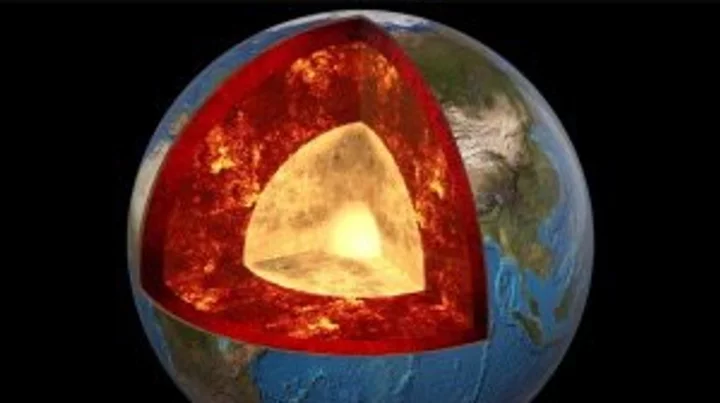LK-99: Excitement rises over possibly revolutionary ‘miracle material’ – but there is still no good reason to believe it exists
Excitement about a possibly revolutionary new material has continued to grow – even without any firm proof that it exists. Last week, two new papers published by researchers in South Korea claimed that they had been able to create a room temperature, ambient pressure superconductor. Until now, all superconductors have required cold temperatures and high pressure, and their practical use has been limited as a result. Such a breakthrough would achieve one of the holy grails of engineering and physics. It would allow for vastly more efficient energy transfer and the development of products such as powerful maglev trains. But almost as soon as the paper was released, experts urged caution about its findings. The claims in it could represent a significant breakthrough – but they were still far from confirmed, and similar reports have been released in the past that were later debunked. And there is still no clear indication that the breakthrough described in the original paper is definitely real. And despite numerous attempts to replicate the study, none have yet done so convincingly. Some new work has suggested that the findings could at least be possible. In a new paper published on Monday, Sinéad Griffin from Lawrence Berkeley National Laboratory simulated the material and suggested that it was at least theoretically possible. She shared the paper in a tweet accompanied by a “mic drop” gif. And it immediately had what was presumably the intended effect: leading to an increase in discussion of a topic that had already generated tremendous excitement. Around the same time, new videos appeared from China that claimed to show the work of a team who had successfully replicated the material. That showed the levitation effect that happens with superconductors – but not the low resistance that is required for the claims to be verified, and the material to be useful. Work to verify whether the original paper is correct and the material is actually as claimed is ongoing. But each of those videos only served to make the claims of a new breakthrough become louder, even as there was no firm proof that it had actually happened. For a period on Tuesday, the betting markets implied that the most likely result was that the papers would be replicated. Polymarket, a prediction market that lets people bet on a wide array of events, suggested that people tended to think there was a roughly 60 per cent chance the result would be replicated – but a couple of hours later it slid back, and more bets had been placed on the outcome that the superconductor is not real.
Excitement about a possibly revolutionary new material has continued to grow – even without any firm proof that it exists.
Last week, two new papers published by researchers in South Korea claimed that they had been able to create a room temperature, ambient pressure superconductor. Until now, all superconductors have required cold temperatures and high pressure, and their practical use has been limited as a result.
Such a breakthrough would achieve one of the holy grails of engineering and physics. It would allow for vastly more efficient energy transfer and the development of products such as powerful maglev trains.
But almost as soon as the paper was released, experts urged caution about its findings. The claims in it could represent a significant breakthrough – but they were still far from confirmed, and similar reports have been released in the past that were later debunked.
And there is still no clear indication that the breakthrough described in the original paper is definitely real. And despite numerous attempts to replicate the study, none have yet done so convincingly.
Some new work has suggested that the findings could at least be possible. In a new paper published on Monday, Sinéad Griffin from Lawrence Berkeley National Laboratory simulated the material and suggested that it was at least theoretically possible.
She shared the paper in a tweet accompanied by a “mic drop” gif. And it immediately had what was presumably the intended effect: leading to an increase in discussion of a topic that had already generated tremendous excitement.
Around the same time, new videos appeared from China that claimed to show the work of a team who had successfully replicated the material. That showed the levitation effect that happens with superconductors – but not the low resistance that is required for the claims to be verified, and the material to be useful.
Work to verify whether the original paper is correct and the material is actually as claimed is ongoing. But each of those videos only served to make the claims of a new breakthrough become louder, even as there was no firm proof that it had actually happened.
For a period on Tuesday, the betting markets implied that the most likely result was that the papers would be replicated. Polymarket, a prediction market that lets people bet on a wide array of events, suggested that people tended to think there was a roughly 60 per cent chance the result would be replicated – but a couple of hours later it slid back, and more bets had been placed on the outcome that the superconductor is not real.









